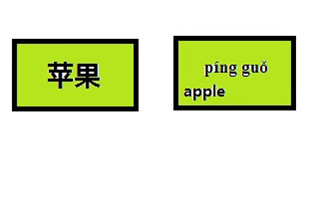Recently, we have come into two articles on the topic of technology, children’s growth and education. The first one is the A Silicon Valley School That Doesn’t Compute on New York Times: http://www.nytimes.com/2011/10/23/technology/at-waldorf-school-in-silicon-valley-technology-can-wait.html?_r=1&ref=education, while the second one is Troubling Toddlers Silenced with Apps from Daily Texan. You can find the original article here but with a different name: http://hosted2.ap.org/APDEFAULT/3d281c11a96b4ad082fe88aa0db04305/Article_2011-10-26-US-FEA-Parenting-iPhones-Toddlers/id-780b9ae196814d62b27c82382c44f6f1
While grown-ups nowadays are surrounded with technology without a choice, we still have to make choices for our little ones on whether to expose them to technology such as videos, iphone applications or not. The answer from our Chinese immersion classes is a “No.”
And the reason for that? We really value the “interaction” in language learning.
First, a lot of language learning resources such as cartoons and teaching videos are not interactive, and may even produce detrimental effects on children’s development. A study done by researchers at University of Washington shows that if an infant watches baby DVDs and videos for one hour per day, the infant will learn six to eight fewer new words than the one who does not watch the videos. Videos or DVDs do not provide necessary stimuli for infants’ brains and infants become passive information receivers when sitting in front of the screen.
Second, even if some high-tech applications and online courses are “interactive,” no one can take place of a classroom teacher.
Language is a social activity. One person speaks the words with information embedded in them, and the other person receives the words and extracts the embedded thoughts and feelings. The interaction process also happens along with other interactive signals such as body languages, facial expressions etc. In our immersion class, what our teachers create is exactly such a natural interaction process. For example, when a teacher asks a child to “穿鞋我们去外面。(Put on your shoes and let’s go outside),” she talks to the child with body languages and facial expressions. Meanwhile, she expects the response from the child. Her following reactions to the child depend on how the child reacts to her information. The uniqueness of immersion classes lie in interactions like this: children are put into the Chinese language environment, and learn through natural interactions with other human beings.
-Chinese with Meggie Language School, Austin, Texas


